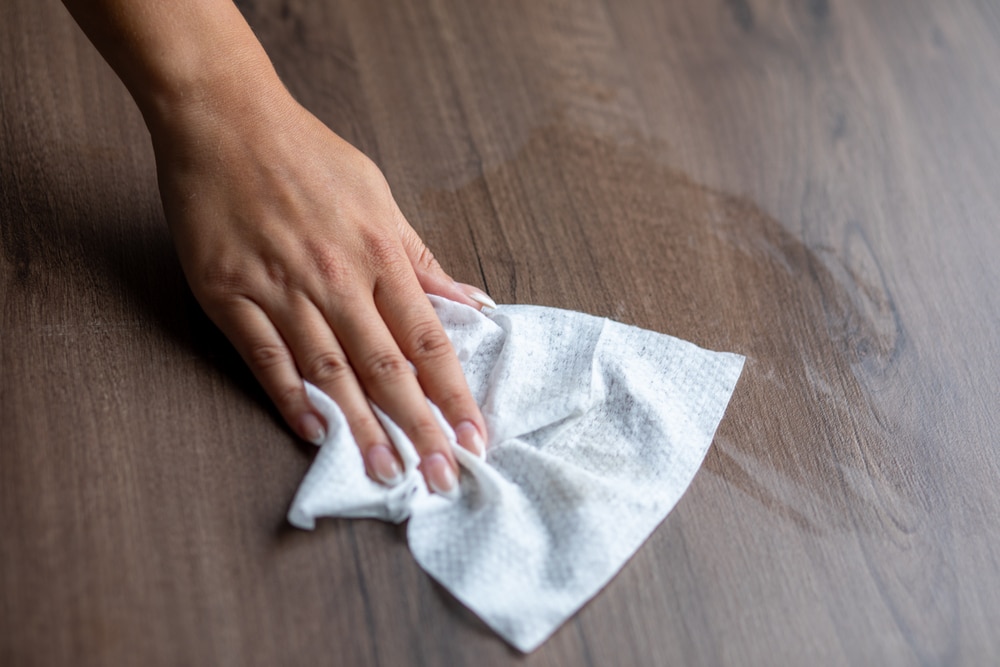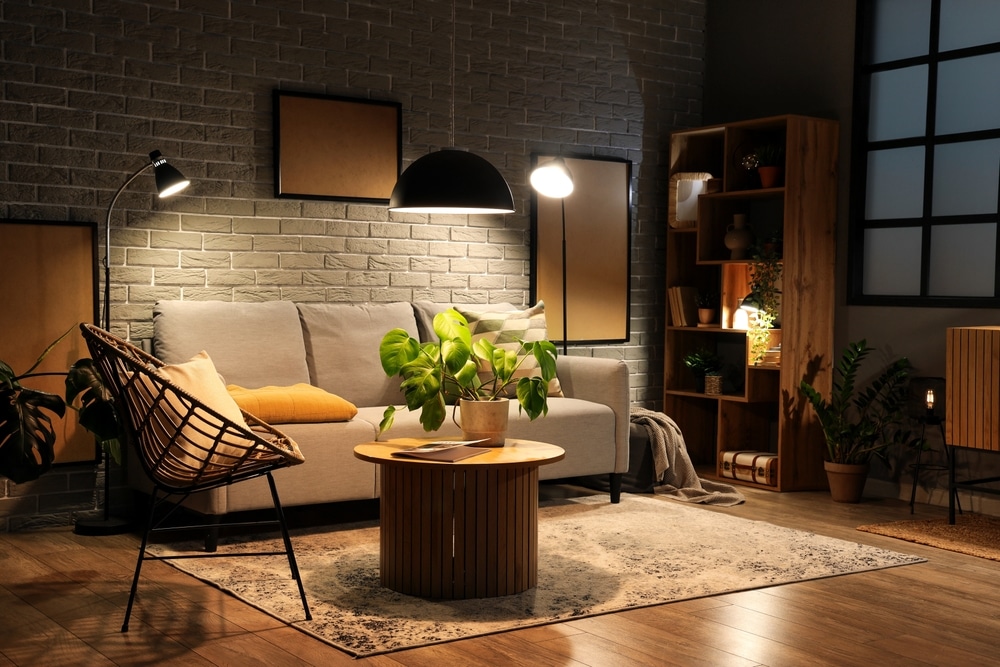Cleaning your home is a routine task, but have you ever considered the benefits of cleaning in the dark? This unconventional method can reveal hidden dirt and grime that often go unnoticed in well-lit conditions. By dimming the lights or cleaning during nighttime, you might be surprised at how much more you can detect and address. In this article, we’ll explore how low-light cleaning can enhance your cleaning routine, uncovering spots you might typically miss.
The Science Behind Low-Light Cleaning
Our eyes adjust to low-light environments by becoming more sensitive to subtle contrasts and textures. This heightened sensitivity allows us to notice imperfections and irregularities on surfaces that might be overlooked under bright lights. For instance, smudges on glass surfaces or dust on dark furniture become more apparent when the overall lighting is subdued.
Uncovering Hidden Dirt and Grime
In standard lighting, certain areas of our homes can appear clean while still harboring dust and dirt. Low-light conditions can make these hidden spots stand out. For example, streaks on windows or mirrors might not be visible in bright light but become noticeable when the lights are dimmed. Similarly, dust accumulation on baseboards or in corners can cast shadows that are easier to spot in low light.
Enhancing Focus and Attention to Detail
Cleaning in the dark requires a more deliberate and focused approach. With limited visibility, you’re more likely to pay closer attention to the areas you’re cleaning, ensuring a more thorough job. This increased focus can lead to a more meticulous cleaning routine, addressing spots that might otherwise be neglected.

Practical Tips for Cleaning in Low Light
Use a Flashlight or Headlamp: Directing a beam of light at surfaces can reveal dust and grime that are otherwise invisible. This method is particularly useful for inspecting countertops, shelves, and other flat surfaces.
Check Under Furniture: Low-light cleaning can help you spot dust bunnies and debris that accumulate under sofas, beds, and other furniture pieces. Use a flashlight to illuminate these areas and ensure they’re thoroughly cleaned.
Inspect Walls and Ceilings: Stains, cobwebs, and dust on walls and ceilings can be hard to notice in bright light. Dim the lights and use a flashlight to scan these surfaces for any spots that need attention.
Examine Fabrics and Upholstery: In low light, stains and spills on carpets, rugs, and upholstery may become more apparent. Take the time to inspect these items closely and treat any spots you find.
Focus on High-Touch Areas: Light switches, door handles, and remote controls are often overlooked during regular cleaning. In low light, smudges and fingerprints on these surfaces can stand out, reminding you to disinfect them regularly.
The Psychological Benefits of Cleaning in the Dark
Beyond the practical advantages, cleaning in low light can also have psychological benefits. The subdued environment can create a calming atmosphere, making the cleaning process feel less like a chore and more like a meditative activity. This approach can reduce stress and increase satisfaction with your cleaning routine.

When to Opt for Low-Light Cleaning
While cleaning in the dark can be beneficial, it’s essential to choose the right time and setting. Evening hours or cloudy days provide natural low-light conditions that are ideal for this method. Additionally, ensure that the area is safe to navigate in dim lighting to prevent accidents.
Combining Low-Light and Traditional Cleaning Methods
Incorporating low-light cleaning into your regular routine doesn’t mean abandoning traditional methods. Instead, use it as a complementary technique to identify and address areas that might be missed during standard cleaning. By alternating between well-lit and low-light cleaning sessions, you can achieve a more comprehensive clean.
Extra Benefits of Cleaning in the Dark
Another unexpected benefit of cleaning in the dark is the reduction of visual distractions. Without bright lighting, you’re less likely to get sidetracked by clutter or imperfections that don’t need immediate attention. This allows you to stay focused on the task at hand. Cleaning in the dark also helps highlight greasy residues in the kitchen that are hard to see during the day—especially on cabinet doors, backsplash tiles, or appliance handles. You might even find it helpful in the bathroom, where soap scum and water spots become more visible when light reflects differently in darker conditions.
Parents can also benefit from cleaning in the dark. If you’re tidying up while your kids are asleep, the dim lighting keeps the house calm while still allowing you to get things done. Just be sure to take extra care with movement and always have a flashlight handy. Over time, incorporating cleaning in the dark into your weekly routine can even train your eyes to spot hidden messes more quickly—making your overall cleaning more efficient.
Embracing the practice of cleaning in the dark can transform your approach to household chores. By leveraging the advantages of low-light conditions, you can uncover hidden dirt and grime, leading to a cleaner and more comfortable living space. This method not only enhances the effectiveness of your cleaning routine but also offers a unique and calming experience. So, the next time you plan to tidy up, consider dimming the lights and discovering what you’ve been missing. Whether you try it once a week or just occasionally, cleaning in the dark might become your new favorite cleaning trick.
Do you want to learn more tips & tricks on all things cleaning? Just visit our Cleaning category and read on!











